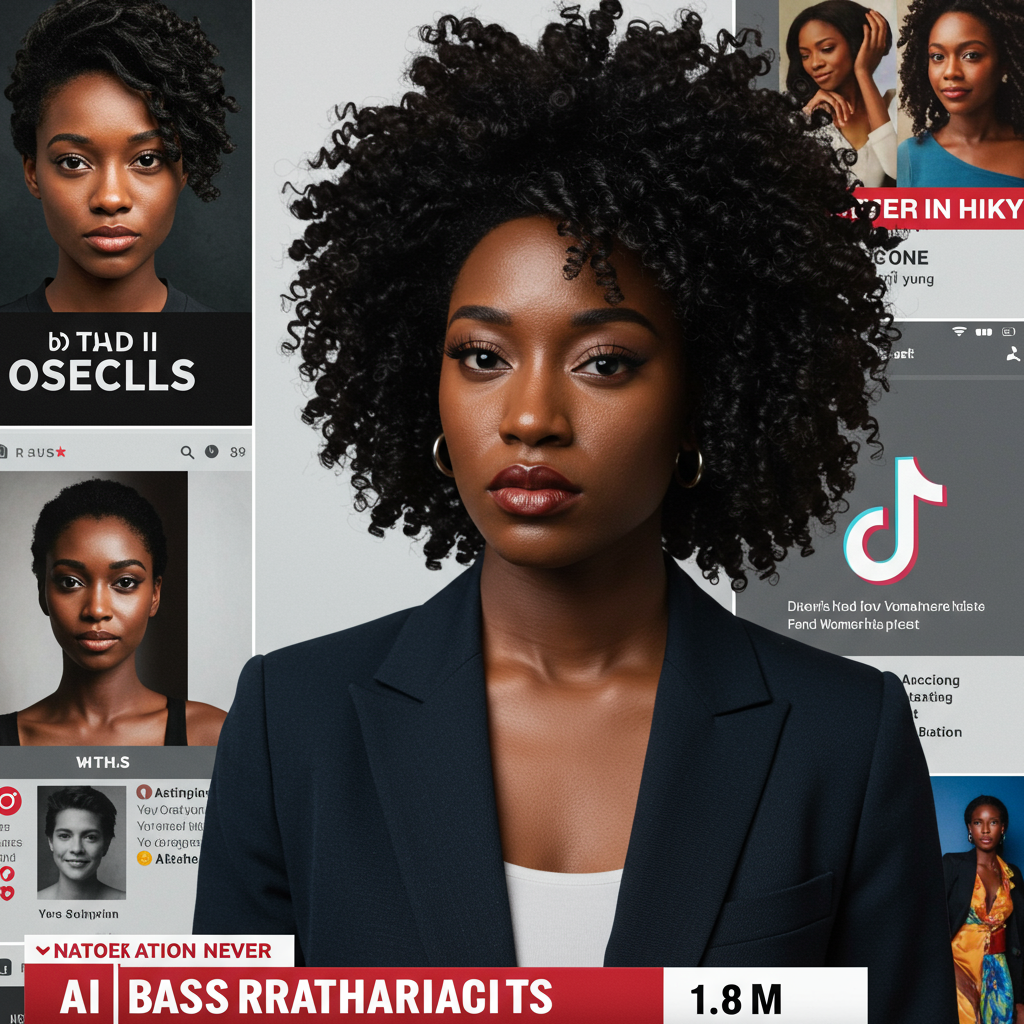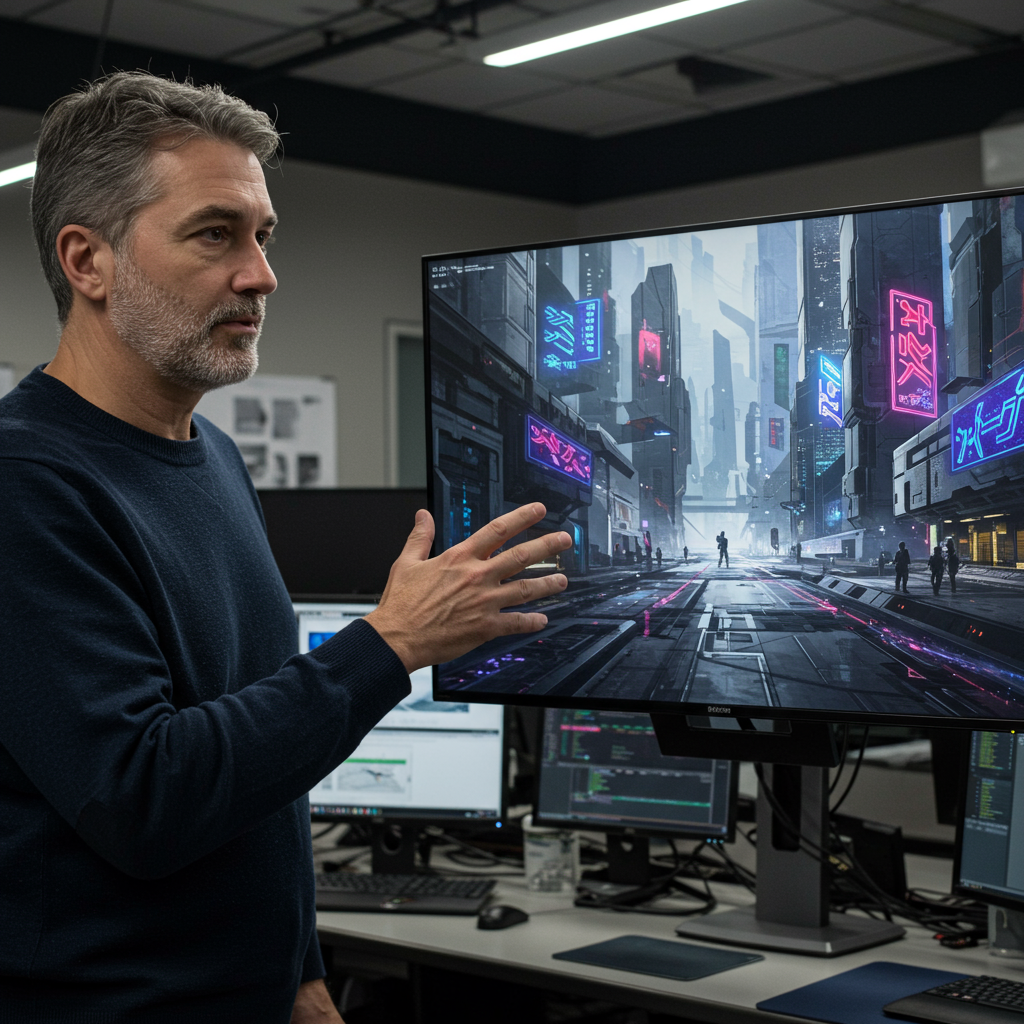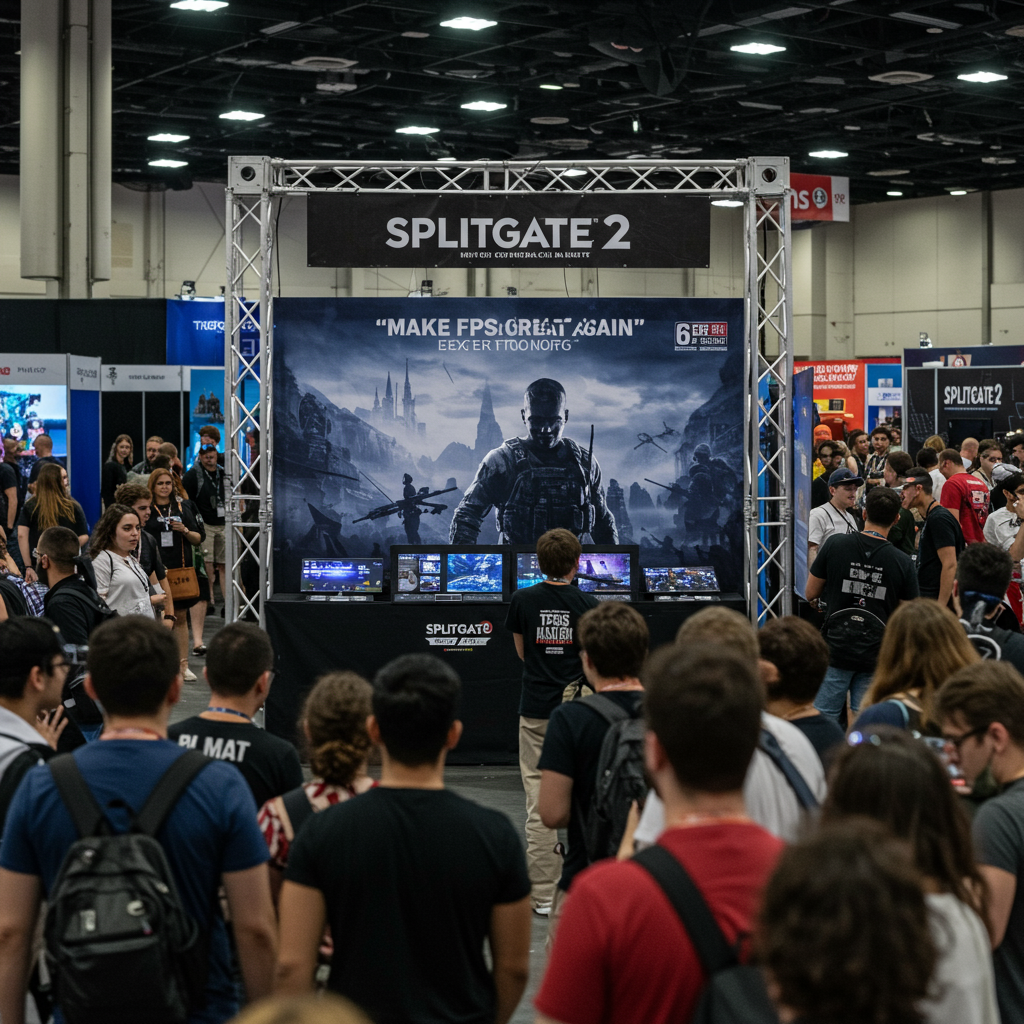racist AI-generated videos portraying Black women as “Bigfoot baddies” are rapidly gaining traction across social media platforms like TikTok and Instagram. This disturbing trend highlights a troubling intersection of emerging artificial intelligence technology and persistent racial stereotypes. The videos depict AI-created figures resembling Black women, often exaggerated and shown in demeaning scenarios, raising urgent questions about AI bias, online harassment, and the responsibility of tech companies.
The Disturbing Rise of Racist AI Videos
A new wave of AI-generated video content is causing significant concern due to its explicitly racist nature. Termed “Bigfoot baddies,” these viral videos feature artificially rendered figures that blend human characteristics with those of cryptids like Bigfoot, specifically targeting Black women. The depictions often incorporate stereotypical elements intended to signify Blackness in a negative or derogatory light, such as exaggerated features, specific hairstyles, and caricatured speech patterns. The rapid spread of these videos on platforms popular with young audiences underscores the potential for AI tools to be misused for perpetuating harmful stereotypes and facilitating digital abuse on a massive scale.
What Are “Bigfoot Baddies”?
The “Bigfoot baddies” trend involves creating AI-generated video clips where figures resembling Black women are depicted as human-Bigfoot hybrids. These characters are often styled with stereotypical accessories, like bright pink wigs or long acrylic nails, and engage in dialogue that employs African American Vernacular English (AAVE) in a mocking or simplistic manner. One particularly viral example, reportedly generated using Google’s VEO 3 tool, garnered over a million views. This video featured the AI figure speaking lines that reinforced negative tropes, such as being “wanted for a false report on my baby daddy.” While the initial trend may have included various characters, it has offensively narrowed its focus to target Black women specifically, weaponizing AI against a particular demographic.
Historical Roots of Dehumanizing Depictions
Experts emphasize that portraying Black women as animalistic figures, such as a version of Bigfoot, is not a new form of insult but rather a modern manifestation of historical racism. Nicol Turner Lee, director of the Center for Technology Innovation at the Brookings Institution, points to a troubling historical precedent. She explains that during the era of slavery, illustrations often deliberately exaggerated the features of Black people to emphasize primal or subhuman characteristics. This historical context reveals that the “Bigfoot baddies” trend is echoing deeply ingrained, racist visual tropes aimed at dehumanization and ridicule. Turner Lee finds it “disgusting and disturbing” that such harmful racial images are now easily created and distributed using readily available AI technologies. The trend represents a new low in the dehumanization and mockery of Black women enabled by AI.
How AI Tools Facilitate Online Racism
The proliferation and ease of use of advanced AI video generation tools are central to the spread of these racist depictions. Platforms are becoming increasingly capable of creating realistic or stylized video content from simple text prompts, lowering the barrier to entry for generating harmful material.
The Role of Generative AI Platforms (e.g., Google VEO 3)
Tools like Google’s VEO 3, which reportedly generated some of the viral “Bigfoot baddies” content, allow users to create characters, scenery, and audio with minimal technical skill. This accessibility is a double-edged sword. While it empowers creative expression, it also empowers those seeking to generate offensive content. The ability to quickly produce compelling visual and auditory output from text prompts means that harmful stereotypes and racist caricatures can be brought to life and disseminated with unprecedented speed. Worryingly, reports suggest that individuals are already selling online courses specifically teaching others how to prompt AI tools to create these types of “Bigfoot” videos and develop consistent racist characters. This indicates a deliberate effort to propagate this harmful trend.
Algorithmic Amplification on Social Media
The problem is compounded by the algorithmic nature of social media platforms like TikTok and Instagram, where many of these videos go viral. Algorithms designed to maximize engagement can inadvertently, or sometimes directly, amplify controversial or shocking content, including racist material. Even if a platform has policies against hate speech, detecting and moderating AI-generated content, especially nuanced cultural caricatures like those using AAVE, remains a significant challenge. Reports indicate that viewing just a few of these racist AI videos can quickly lead the platform’s algorithm to suggest more similar content, trapping users in echo chambers of hateful material and further spreading the trend to new users. This algorithmic push makes it difficult for platforms to contain the spread of such virulently racist content once it begins to gain traction.
Broader Implications of AI Bias and Harassment
The “Bigfoot baddies” phenomenon is not an isolated incident but rather a stark symptom of broader issues surrounding AI bias and its potential for enabling widespread virtual harassment, particularly targeting minority groups.
Beyond Stereotyping Black Women
While the “Bigfoot baddies” trend specifically targets Black women, the underlying capability of AI to generate racist content extends to other groups. The article mentions examples where racist portrayals of Black men are also being created, such as depictions reconfigured as chimpanzees shown in stereotypical scenarios like fishing for fried chicken. This demonstrates that the problem is not limited to one specific harmful trope but reflects a broader vulnerability in AI tools to perpetuate racial bias across demographics. The ease with which these diverse racist caricatures can be generated points to a fundamental failure in how these AI models are trained or guarded against harmful outputs.
The Challenge of Guardrails and Content Moderation
The development and deployment of generative AI tools face a significant challenge: anticipating and preventing malicious misuse. Meredith Broussard, a professor at New York University, draws a parallel between the struggles faced by AI developers and those previously encountered by social media platforms. She argues that creators of AI tools cannot foresee all the harmful ways people might exploit the technology. This inability to predict malicious intent leads to insufficient safety “guardrails” being implemented during development. Just as social media platforms have historically struggled with policing hate speech and harmful content, generative AI tools are now presenting a similar, if not more complex, problem. The rapid pace of AI development often outstrips the ability of platforms and developers to implement effective content moderation and safety protocols, leaving minority groups particularly vulnerable to targeted virtual harassment and abuse.
Frequently Asked Questions
What are “Bigfoot baddies” AI videos, and why are they considered racist?
“Bigfoot baddies” are viral AI-generated videos that depict figures resembling Black women as human-Bigfoot hybrids. They are considered racist because they employ harmful, stereotypical caricatures often associated with Black women, such as specific hairstyles, clothing, and the use of African American Vernacular English (AAVE) in a mocking way. Experts highlight that portraying Black people as animalistic figures echoes historical racist tropes used during slavery to dehumanize and ridicule, making the modern AI trend deeply offensive.
What AI tools are being used to create these racist videos?
The article mentions that some of the viral “Bigfoot baddies” content has reportedly been generated using Google’s VEO 3 tool, which was launched in May. Generative AI platforms like VEO 3 allow users to create characters, scenery, and dialogue from text prompts, making it easy for individuals with minimal technical skills to produce and disseminate these harmful videos. The accessibility of such tools is a key factor in the trend’s rapid spread.
Why is it difficult to stop racist AI content on social media platforms?
Stopping racist AI content like “Bigfoot baddies” videos is difficult for several reasons. AI tools can generate diverse and rapidly evolving content, making it hard for automated moderation systems to detect all instances. The nuanced nature of some racist tropes, such as the caricatured use of AAVE, can be challenging for AI detectors. Furthermore, experts note that AI creators often fail to anticipate all potential misuses, resulting in insufficient safety measures built into the tools themselves. Social media algorithms can also inadvertently amplify engaging, even if offensive, content, contributing to its virality before human moderators can act.
Conclusion: Addressing AI Racism Moving Forward
The viral spread of racist AI-generated videos depicting Black women as “Bigfoot baddies” is a stark reminder of the potential for advanced technology to be weaponized for harm. These videos resurrect deeply offensive historical tropes, demonstrating how easily AI bias can manifest in compelling visual content. The accessibility of tools like Google VEO 3 combined with the amplification mechanisms of social media platforms create a fertile ground for the rapid dissemination of such racist material. Addressing this issue requires a multi-pronged approach: AI developers must prioritize building robust ethical frameworks and safety guardrails from the outset, social media platforms need to improve content moderation and algorithmic accountability, and users must remain vigilant in identifying and reporting harmful content. Without concerted efforts, the “Bigfoot baddies” trend represents just one example of how AI could increasingly become a tool for online harassment and the perpetuation of harmful stereotypes against minority groups.
Word Count Check: 1079 words




